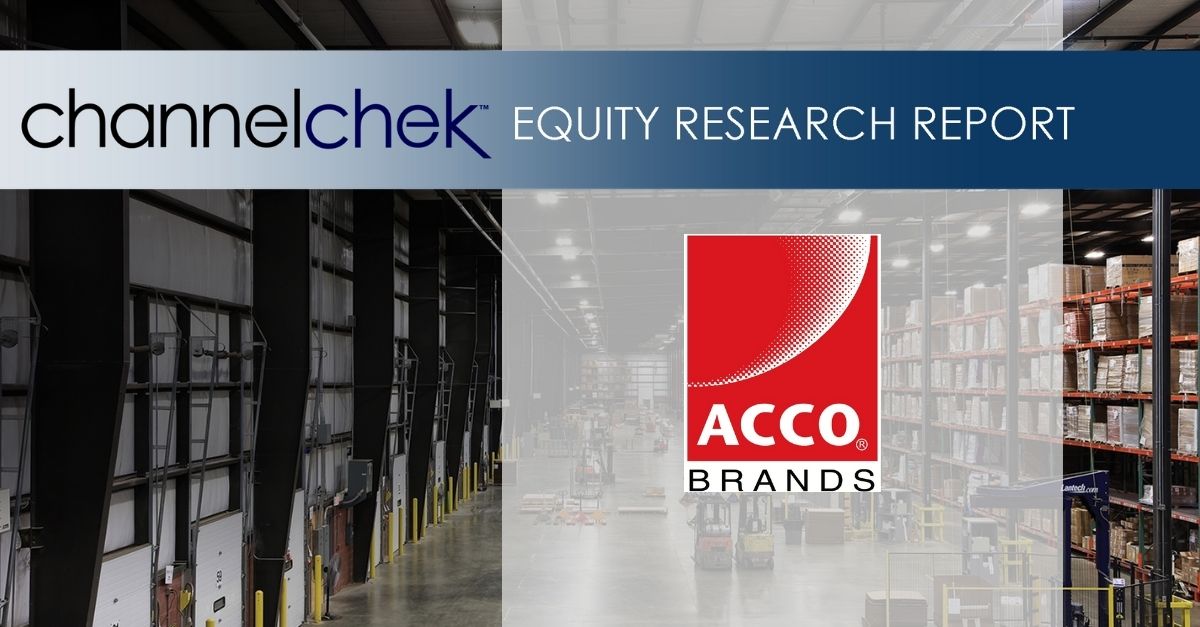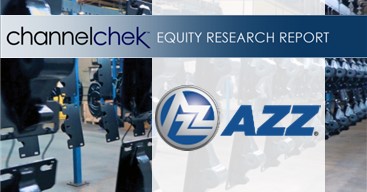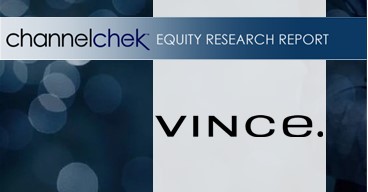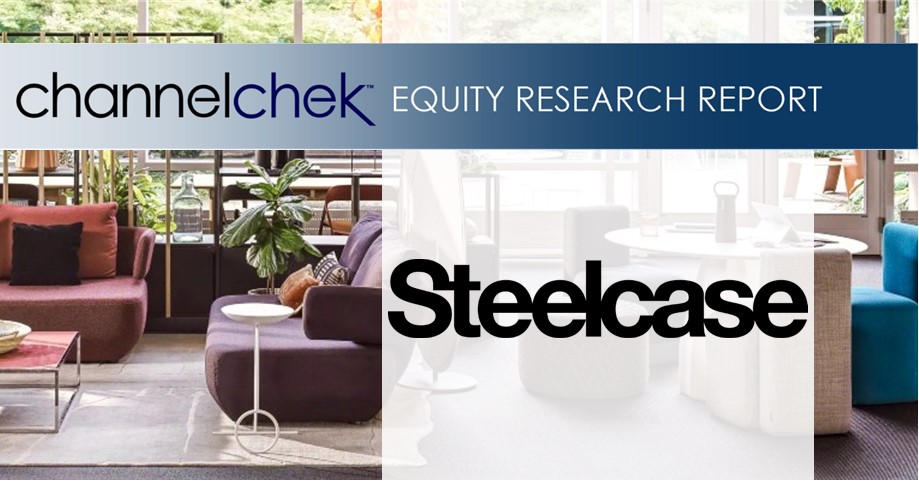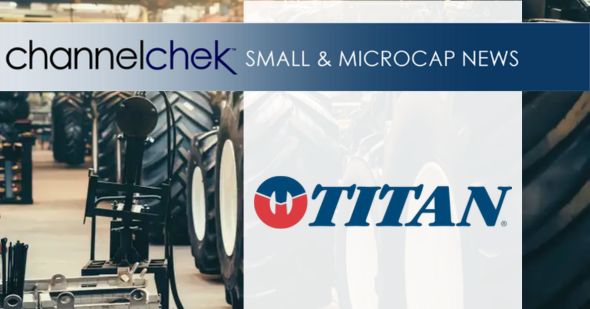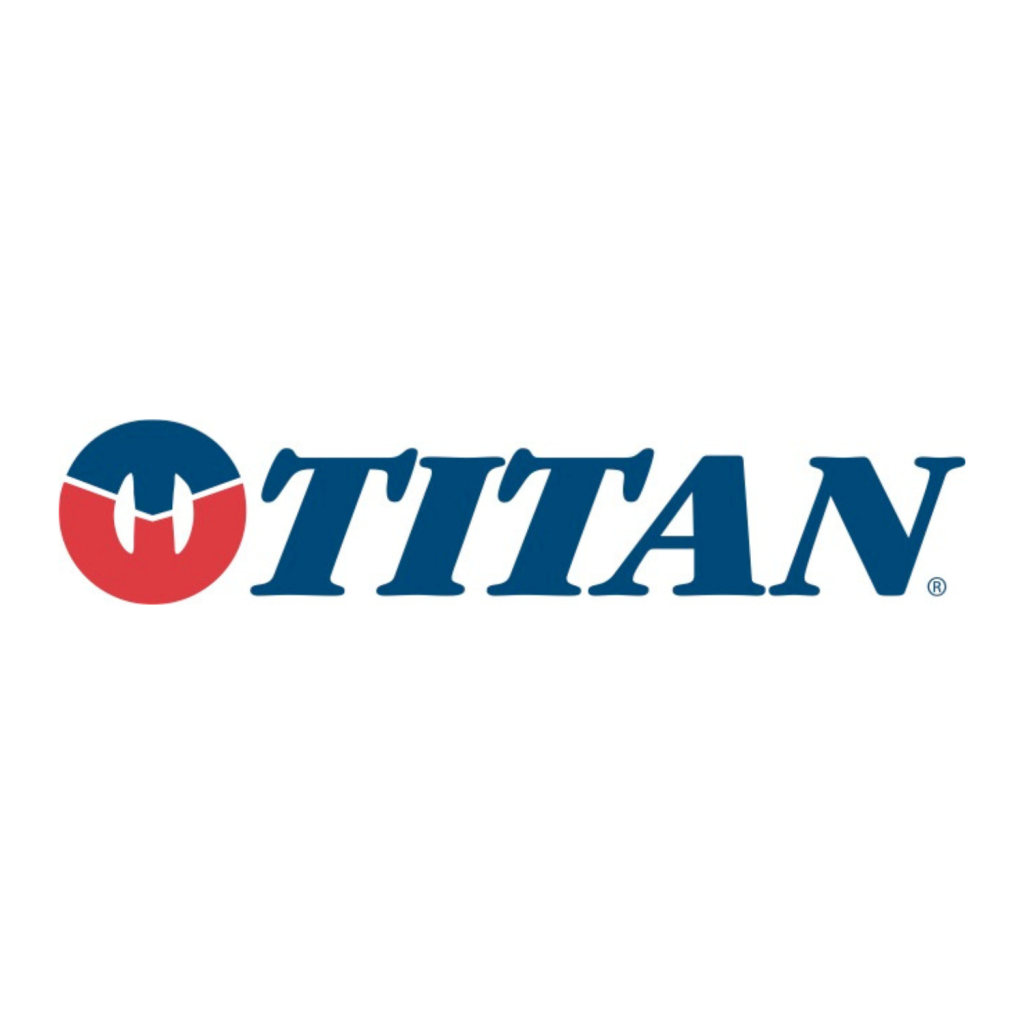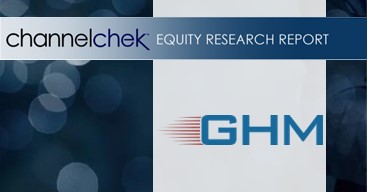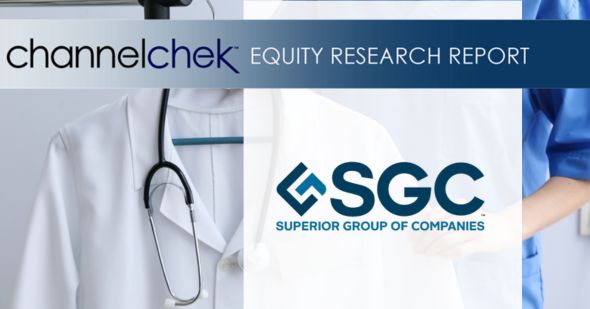
Tuesday, December 23, 2025
ACCO Brands Corporation is one of the world’s largest designers, marketers and manufacturers of branded academic, consumer and business products. Our widely recognized brands include AT-A-GLANCE®, Esselte®, Five Star®, GBC®, Kensington®, Leitz®, Mead®, PowerA®, Quartet®, Rapid®, Rexel®, Swingline®, Tilibra®, and many others. Our products are sold in more than 100 countries around the world. More information about ACCO Brands, the Home of Great Brands Built by Great People, can be found at www.accobrands.com.
Joe Gomes, CFA, Managing Director, Equity Research Analyst, Generalist , Noble Capital Markets, Inc.
Refer to the full report for the price target, fundamental analysis, and rating.
Acquisition. ACCO is acquiring EPOS, which provides a comprehensive range of premium enterprise wired and wireless headsets, and other audio solutions. The transaction enhances and broadens ACCO’s Kensington computer accessories portfolio into the large global enterprise headset category, estimated at $1.7 billion in size. We believe the acquisition aligns with management’s strategy to invest in markets with better growth profiles. The addition of EPOS will allow ACCO to deliver a more complete line of workspace technology accessory solutions to enterprise customers.
Details. The transaction is valued at $11.7 million, including up to $3.5 million in deferred payments, and will be funded by existing cash resources. The deal is expected to close in January 2026. EPOS generates approximately $80 million in annual revenue. ACCO expects to achieve cost synergies in the range of $10-$15 million over the next two years. ACCO expects to take approximately $7 million of restructuring charges. Management expects 2026 profit to be modestly positive.
Get the Full Report
Equity Research is available at no cost to Registered users of Channelchek. Not a Member? Click ‘Join’ to join the Channelchek Community. There is no cost to register, and we never collect credit card information.
This Company Sponsored Research is provided by Noble Capital Markets, Inc., a FINRA and S.E.C. registered broker-dealer (B/D).
*Analyst certification and important disclosures included in the full report. NOTE: investment decisions should not be based upon the content of this research summary. Proper due diligence is required before making any investment decision.
